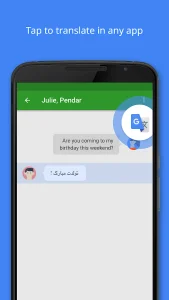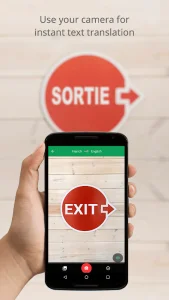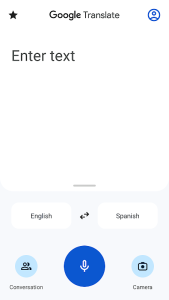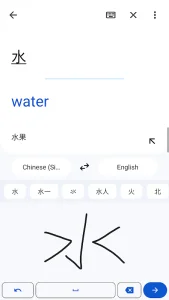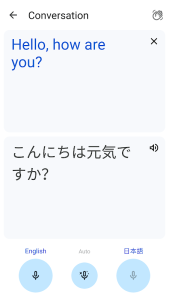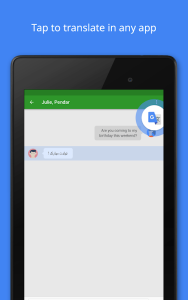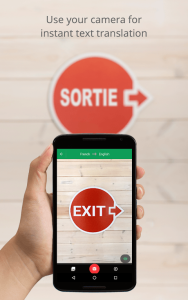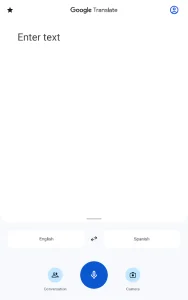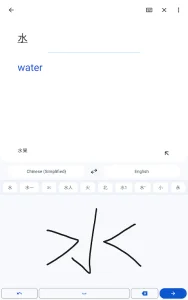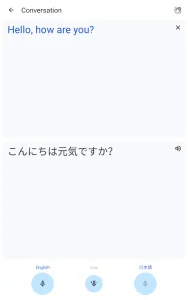Google Translate has become one of the most widely used translation tools globally, offering quick and accessible language solutions for millions of users. The app supports over 100 languages, making it a versatile tool for travelers, students, and professionals. Its intuitive interface allows users to translate text, speech, and even images in real time. Whether you’re deciphering a foreign menu or understanding a document, Google Translate simplifies communication across language barriers.
One of the standout features of Google Translate is its ability to translate spoken words instantly. The conversation mode enables two people speaking different languages to communicate smoothly by translating speech in real time. This feature is particularly useful for travelers or business meetings where quick understanding is essential. Additionally, the app’s voice input ensures accurate translations by capturing nuances in pronunciation.
Another powerful tool within Google Translate is the camera translation feature. By simply pointing the camera at text—such as signs, menus, or printed documents—the app overlays translations in real time. This optical character recognition (OCR) technology is incredibly helpful for navigating foreign environments without needing to type or speak. The feature supports multiple languages and works even without an internet connection for some languages.
Google Translate also offers a handwriting input option, which is useful for languages with non-Latin scripts like Chinese, Japanese, or Arabic. Users can draw characters on their screens, and the app will recognize and translate them. This feature bridges gaps for those unfamiliar with typing in certain languages. Additionally, the app allows users to save frequently used translations for quick access, improving efficiency for regular users.
Despite its many advantages, Google Translate is not flawless. While it excels at basic translations, complex sentences or idiomatic expressions may not always be accurately translated. Contextual errors can occur, so it’s best used as a supplementary tool rather than a definitive language authority. However, continuous updates and machine learning improvements enhance its accuracy over time.
Questions and Answers
Google Translate supports over 100 languages, including widely spoken ones like Spanish, Mandarin, and Arabic, as well as less common languages.
Yes, Google Translate offers offline translation for selected languages, allowing users to download language packs for use without an internet connection.
While Google Translate is highly useful, it may not always provide perfect translations for complex phrases or idioms, so it’s best used as a guide rather than an absolute reference.


